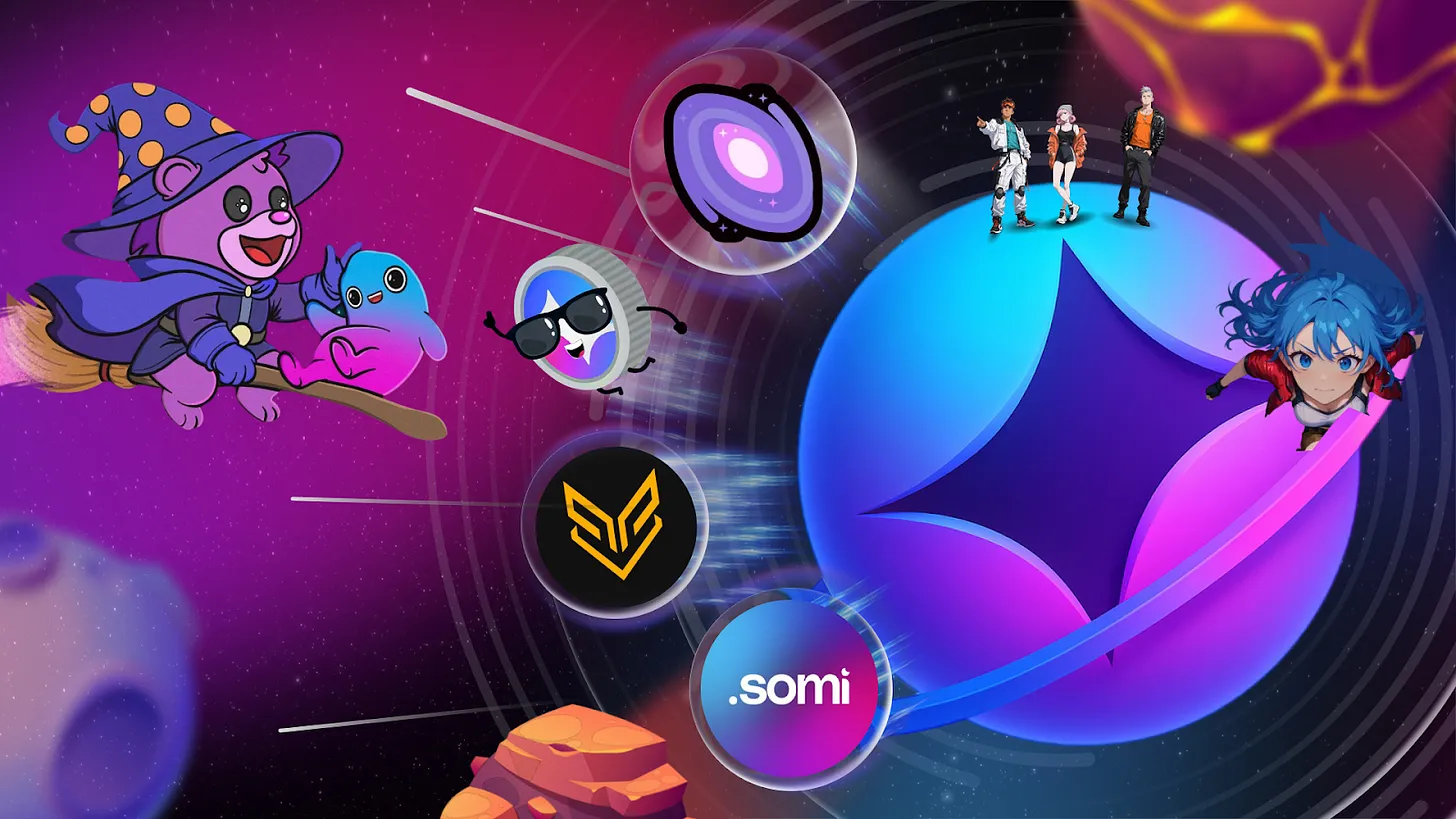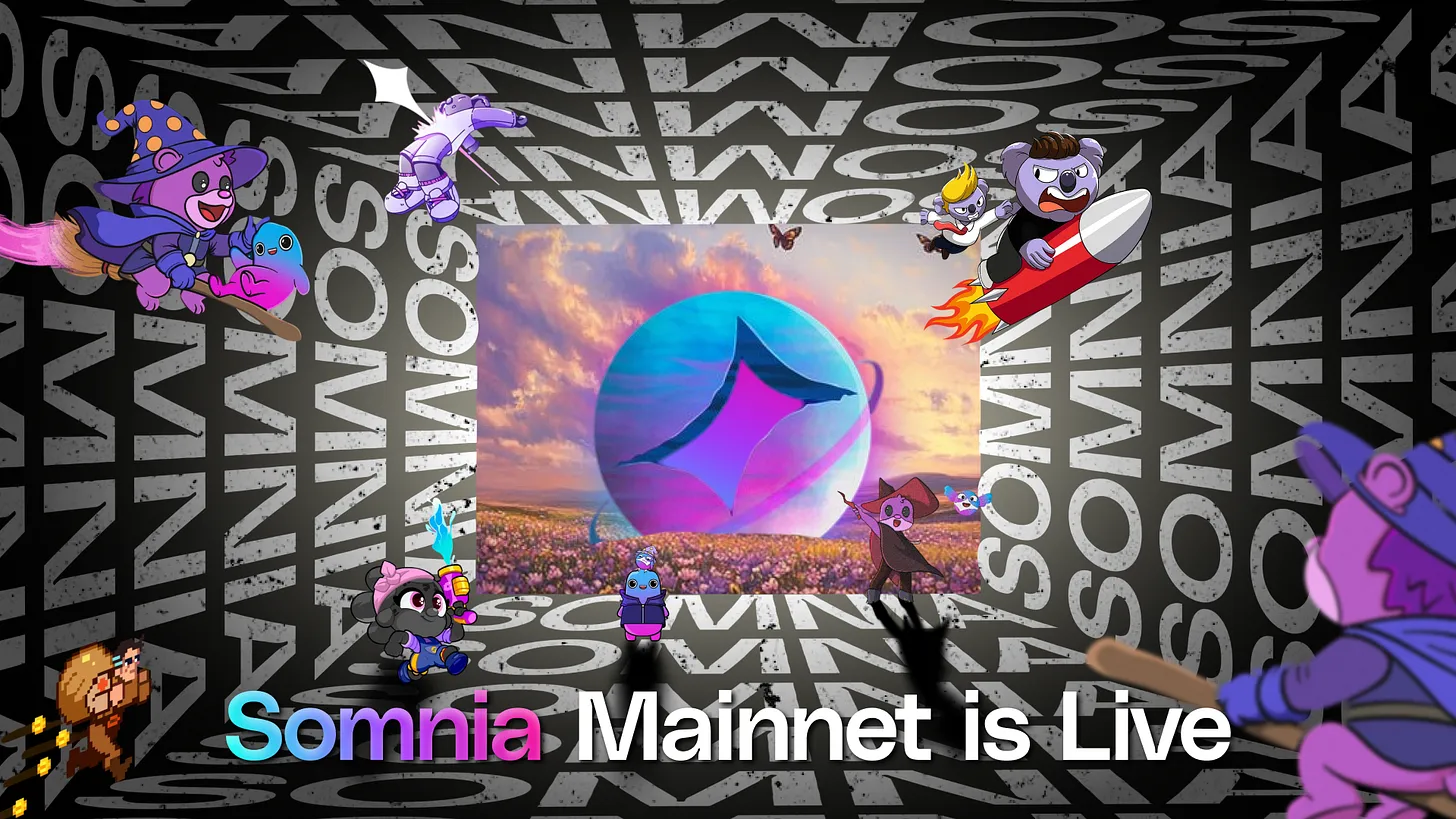
How To Build A Sustainable Game Economy In Web3

Development for Web3 games is heating up, with more games being launched every day, bringing the promise of sustainable gaming economies one step closer to becoming a reality. However, it is rare to actually see a sustainable economy in the current state of Web3 gaming. It is possible, but the games and economies both need to be built with purpose, and there are some best practices and guidelines that should be considered industry standards.
1. The Foundation: A Good Game is Essential
Before getting into tokenomics and NFTs, it’s important to remember that the core of any successful game is its gameplay. No matter how innovative your blockchain integration is, if the game isn’t fun, players won’t stick around.
- Engaging Gameplay: Focus on creating a game that would be enjoyable for people who aren’t crypto-native. The blockchain elements should enhance the experience, not be the sole reason for playing.
- Balanced Integration: Ensure that blockchain features complement the game mechanics rather than overshadowing them. Players should be able to enjoy the game without feeling forced to engage with crypto aspects.
- Accessibility: While embracing web3 technology, remember to keep the game accessible to both crypto-savvy players and traditional gamers.
2. Token Utility and Value
For a web3 game to thrive, its native token must have clear utility and reasons for players to hold it beyond speculation.
- Clear Use Cases: Define specific in-game uses for your token. This could include purchasing items, upgrading characters, or accessing special features.
- Holding Incentives: Implement mechanisms that encourage players to hold tokens, such as:
- Staking rewards
- Governance rights for game decisions
- Access to exclusive content, items or events
- Balanced Economy: Ensure that token emission and usage are carefully balanced to maintain value over time.
- Cross-Game Utility: Consider partnerships or ecosystems where your token can be used across multiple games or platforms, increasing its overall utility.
3. Balanced NFT Ecosystem
NFTs are an important component of many web3 games, but they need to be implemented very carefully, and with intention. Here are some general best practices:
- Avoid Market Saturation: Be cautious about flooding the market with too many NFT drops. Oversupply can lead to devaluation and player frustration.
- Utility is Key: Ensure that NFTs have clear utility within the game. Cosmetic Items are a rare exception here, but technically they do have utility, because they can be shown off to friends.
- Rarity Tiers: Implement a well-thought-out rarity system that creates desirability while maintaining balance.
- Limited Editions: Use limited edition NFTs sparingly to create excitement without disrupting the economy.
4. Economic Sustainability
Long-term success in web3 gaming requires a sustainable economic model that can withstand market fluctuations and changing player behaviors.
- Tokenomics Design: Carefully plan your token emission, distribution, and circulation to ensure long-term sustainability.
- Multiple Revenue Streams: Diversify your game’s revenue sources to reduce dependence on token sales or NFT drops.
- Reserve Funds: Consider setting aside a portion of tokens or revenue for future development and economic stabilization.
5. Player-Driven Economy
Empowering players to contribute to and benefit from the game’s economy can lead to increased engagement and longevity.
- User-Generated Content: Provide tools for players to create and monetize their own in-game assets or experiences.
- Marketplace Facilitation: Implement decentralized peer-to-peer marketplaces for trading assets and services within the game.
- Skill-Based Earning: Design systems where player skill and contribution to the ecosystem are rewarded.
- Community Governance: Allow players to participate in key economic decisions through decentralized governance mechanisms.
6. Transparency and Trust
In the web3 space, building trust through transparency is crucial for long-term player retention and economic stability.
- Clear Communication: Regularly update your community on economic changes, token metrics, and future plans.
- On-Chain Verification: Leverage blockchain technology to provide verifiable data on in-game economics.
- Community Feedback: Actively seek and incorporate player feedback on economic decisions.
- Third-Party Audits: Consider having your economic model and smart contracts audited by reputable third parties.
7. Scalability
Scalability is one of the biggest challenges facing Web3 games.
- Scalable Infrastructure: Choose blockchain solutions like Somnia that can handle high transaction volumes without excessive fees.
- Flexible Design: Create economic models that can be adjusted or upgraded without disrupting the entire ecosystem.
- Cross-Chain Compatibility: Consider designing your economy to be adaptable to multiple blockchains or layer-2 solutions.
- Regulatory Compliance: Stay informed about evolving regulations in the crypto space and design your economy to be adaptable to potential regulatory changes.
Somnia’s EVM L1 blockchain and set of omnichain protocols offer the best tools and environments to build robust in-game economies. To stay up to date on all of our launches, join our community and follow our socials! If you are a developer, check out our ecosystem page to learn more about how to get involved.
Stay updated with Somnia
Twitter – Discord – Telegram – Reddit – Lightpaper – OnePager



